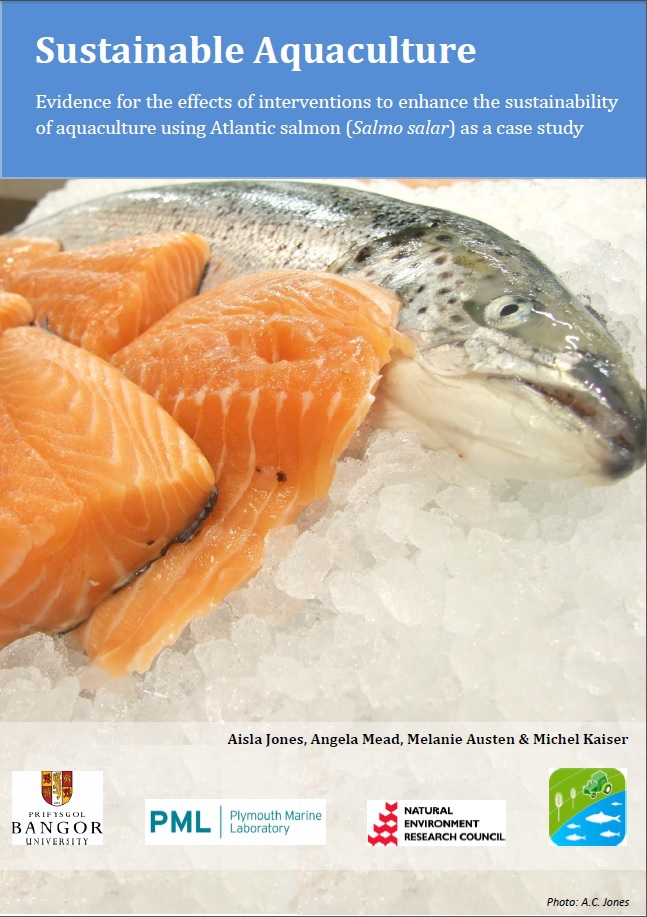Construct artificial reefs
-
Overall effectiveness category Awaiting assessment
-
Number of studies: 2
View assessment score
Hide assessment score
How is the evidence assessed?
-
Effectiveness
not assessed -
Certainty
not assessed -
Harms
not assessed
Study locations
Supporting evidence from individual studies
Between 1999 and 2000, a controlled study in the Gulf of Aqaba, Red Sea (Angel, 2002) found that an artificial reef structure placed below a fish farm became colonised by a variety of organisms with potential to remove organic matter produced by farmed gilthead sea bream, Sparus aurata. Both artificial reefs were rapidly colonised by a range of species; algae, small invertebrates, and macro fauna, compared to the control site. Biomass was greatest on the reef under the fish farm. Fish were seldom observed at the control site but numerous at both artificial reefs (886 and 1,185 below and west of the fish farm, respectively). Chlorophyll a was used as an indicator of filtration efficiency and was most efficient at intermediate current speeds (15 to 35% filtration). Two triangular-shaped artificial reefs, made of porous polyethylene, with a total volume of 8.2 m3 were deployed at 20m depth: one below a commercial fish farm and the other 500m west of this farm. A control site was established with no artificial reef structure 10m south of the fish farm. Plates were attached to the reef to allow sampling without disturbing the integrity of the reef structure. Three plates were removed from each reef every other month and were photographed, identified, counted, dried and weighed. Every two months, the fish populations were counted by visual diver surveys and video recordings reefs. Chlorophyll a was measured using a fluorometer. The experiment was conducted over one year.
Study and other actions testedA controlled study in the Gulf of Aqaba, Red Sea between 1999 and 2000 (Angel et al., 2002) found similar levels of sediment carbon between artificial reef sites below and to the west of cages containing farmed gilthead seabream, Sparus aurata. Three months after deployment of the reef, percentage carbon in all sediment tested was similar, inclusive of a four control sites. Below the farm, there was 3.95% of carbon, compared to the control sites (4.06%). West of the farm, there was 2.25% of carbon, compared to the control sites (2.34%). Two triangular-shaped artificial reefs, made of porous polyethylene, with a total volume of 8.2 m3 were deployed at 20m depth: one below a commercial fish farm and the other 500m west of this farm. Scuba divers sampled sediments every three months for 12 months. Four sampling stations were established 3m from the edge of reefs on either side to act as control sites. Carbon content of sediment samples was measured.
Study and other actions tested
Where has this evidence come from?
List of journals searched by synopsis
All the journals searched for all synopses
This Action forms part of the Action Synopsis:
Sustainable Aquaculture
Sustainable Aquaculture - Published 2013
Atlantic salmon Aquaculture Synopsis





)_2023.JPG)














